 Shutterstock
Shutterstock
Certain dog breeds are born to thrive in cold weather, with their thick double coats and sturdy bodies perfectly suited to winter conditions. Whether you’re facing the frosty winters of the north or need a canine companion who enjoys the chill, some dogs are true cold-weather champions. These breeds are built to withstand freezing temperatures and snow-covered landscapes, and they do so with energy and enthusiasm. If you’re looking for a dog that can handle the cold like a pro, here are the best of the best.
Alaskan Malamute
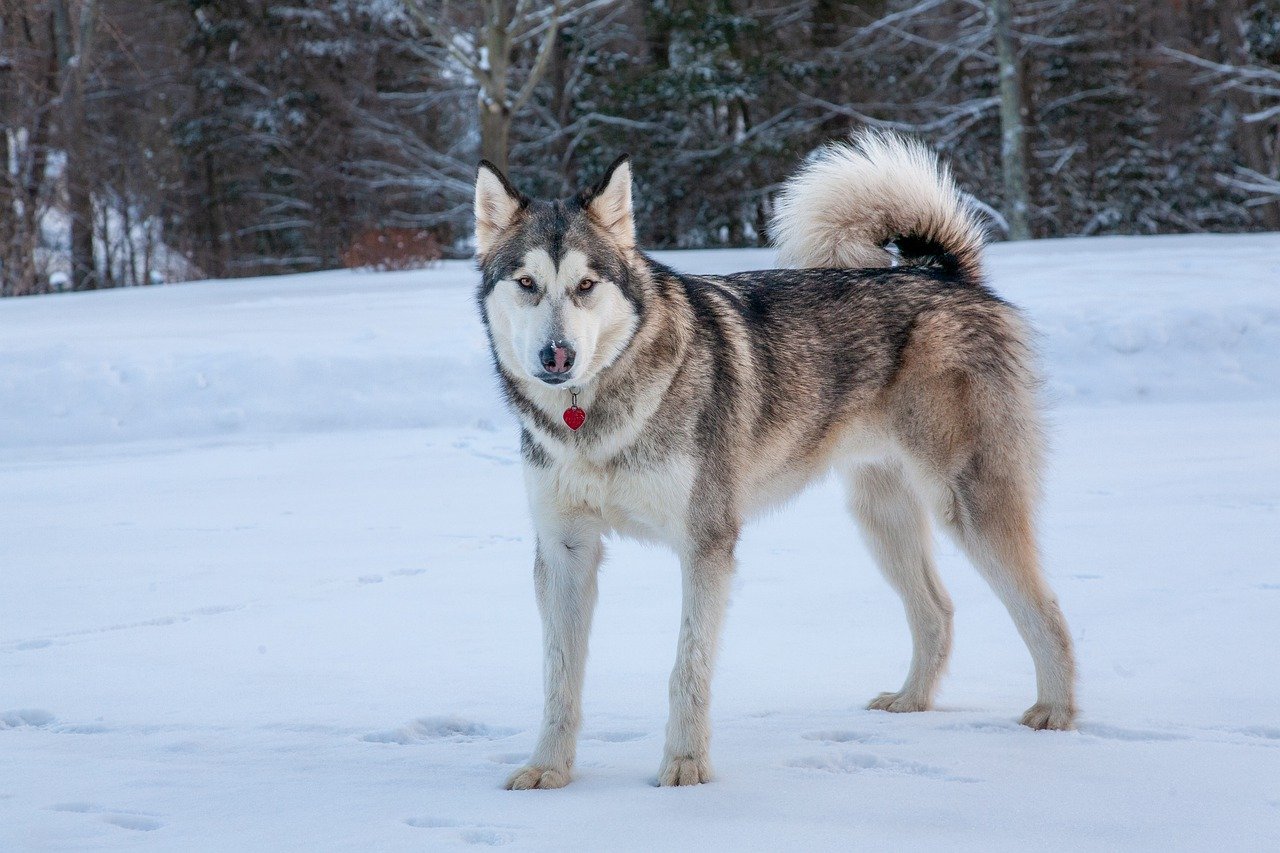 Shutterstock
Shutterstock
Alaskan Malamutes are built for cold weather in terms of their physical characteristics and history as sled dogs. With their thick, double-layered coat, these dogs are perfectly suited to handle extreme cold, as the dense undercoat provides insulation, while the longer outer layer repels moisture. The breed’s muscular frame was developed for heavy pulling and endurance, allowing them to carry loads over long distances in harsh conditions. Malamutes were originally bred to work in the frigid environments of Alaska, and their robust physicality and strength enable them to thrive in subzero temperatures, making them excellent companions for winter adventures. Despite their formidable size, they are also known for their affectionate nature, making them a great family dog that enjoys being active in cooler climates.
Siberian Husky
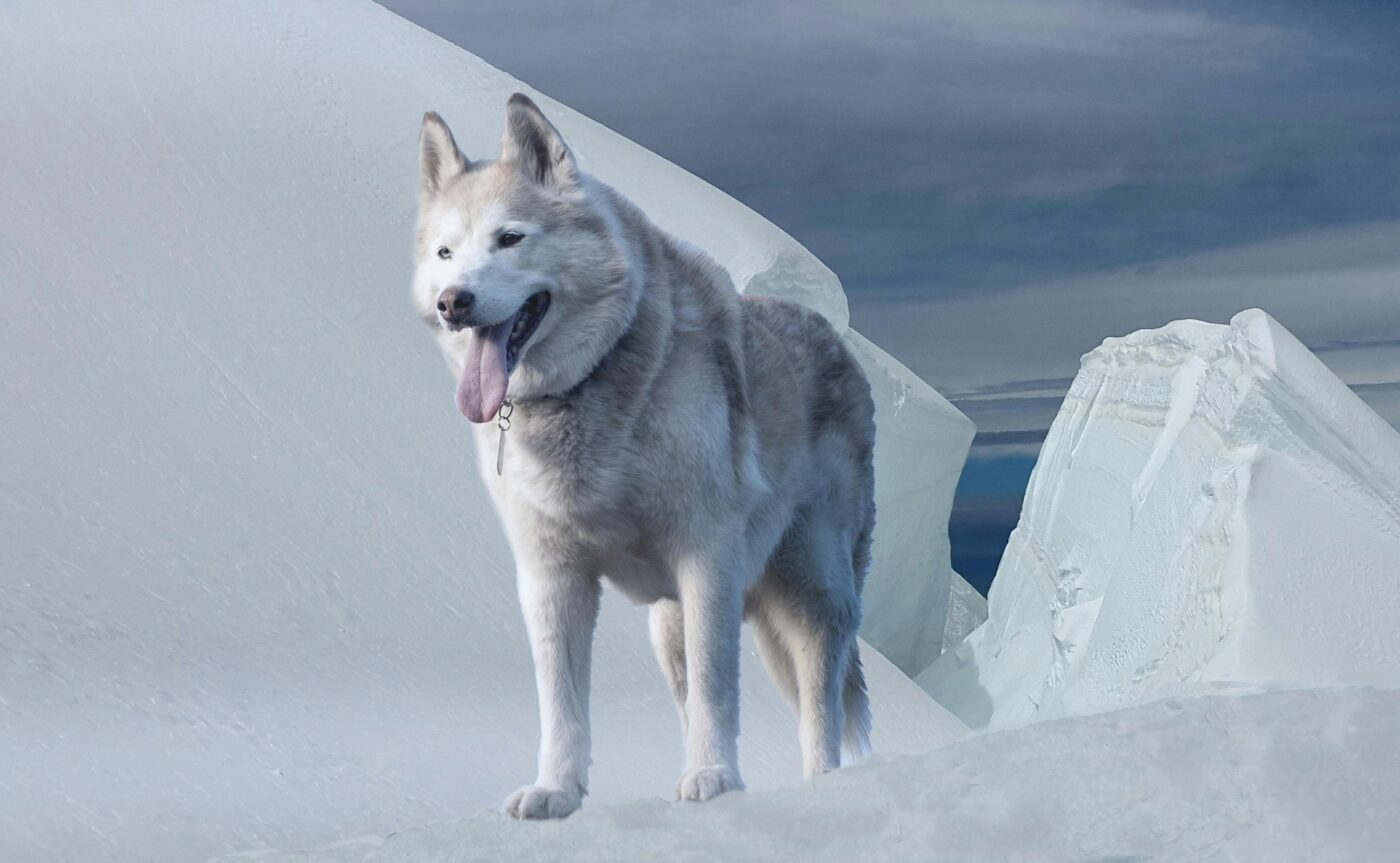 Shutterstock
Shutterstock
Siberian Huskies are the epitome of cold-weather dogs. The Chukchi people of Siberia specifically bred these dogs to withstand freezing temperatures while pulling sleds across icy landscapes. Their thick double coats, pointed ears, and ability to regulate body temperature make them ideal for extreme cold. The breed is known for its high energy, endurance, and friendly demeanor. Huskies are not only physically capable of handling the cold but also mentally suited for snow-filled environments. They enjoy running, pulling sleds, and playing in the snow, and their instincts make them highly resilient to cold conditions. Their playful, social personalities also make them wonderful companions for outdoor enthusiasts in cold climates, though they do require a lot of exercise to stay happy.
Bernese Mountain Dog
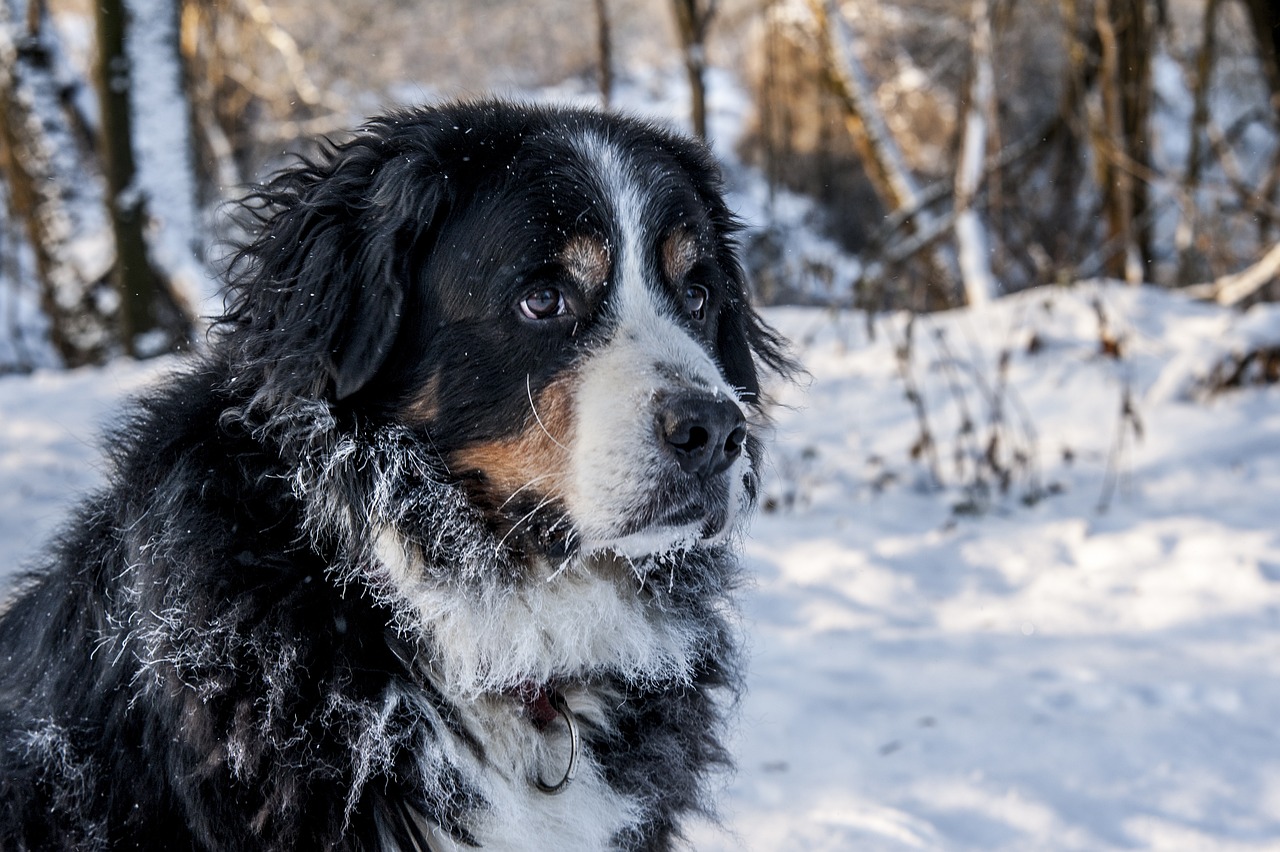 Shutterstock
Shutterstock
The Bernese Mountain Dog thrives in cold weather thanks to its thick, long coat and strong, muscular body. Originally bred to work in the Swiss Alps, these dogs were designed to handle low temperatures while performing heavy tasks such as herding cattle and pulling carts. Their dense, waterproof coats offer excellent protection against the cold, and they are well-suited for snowy, mountainous regions. Bernese Mountain Dogs are not just physically resilient; they also have a calm and patient demeanor, making them well-suited to cold-weather families. While they do not have the high-energy demands of some other breeds, they enjoy moderate activity in cooler climates, making them ideal companions for those who want a dog that can handle both cold weather and a relaxed lifestyle.
Saint Bernard
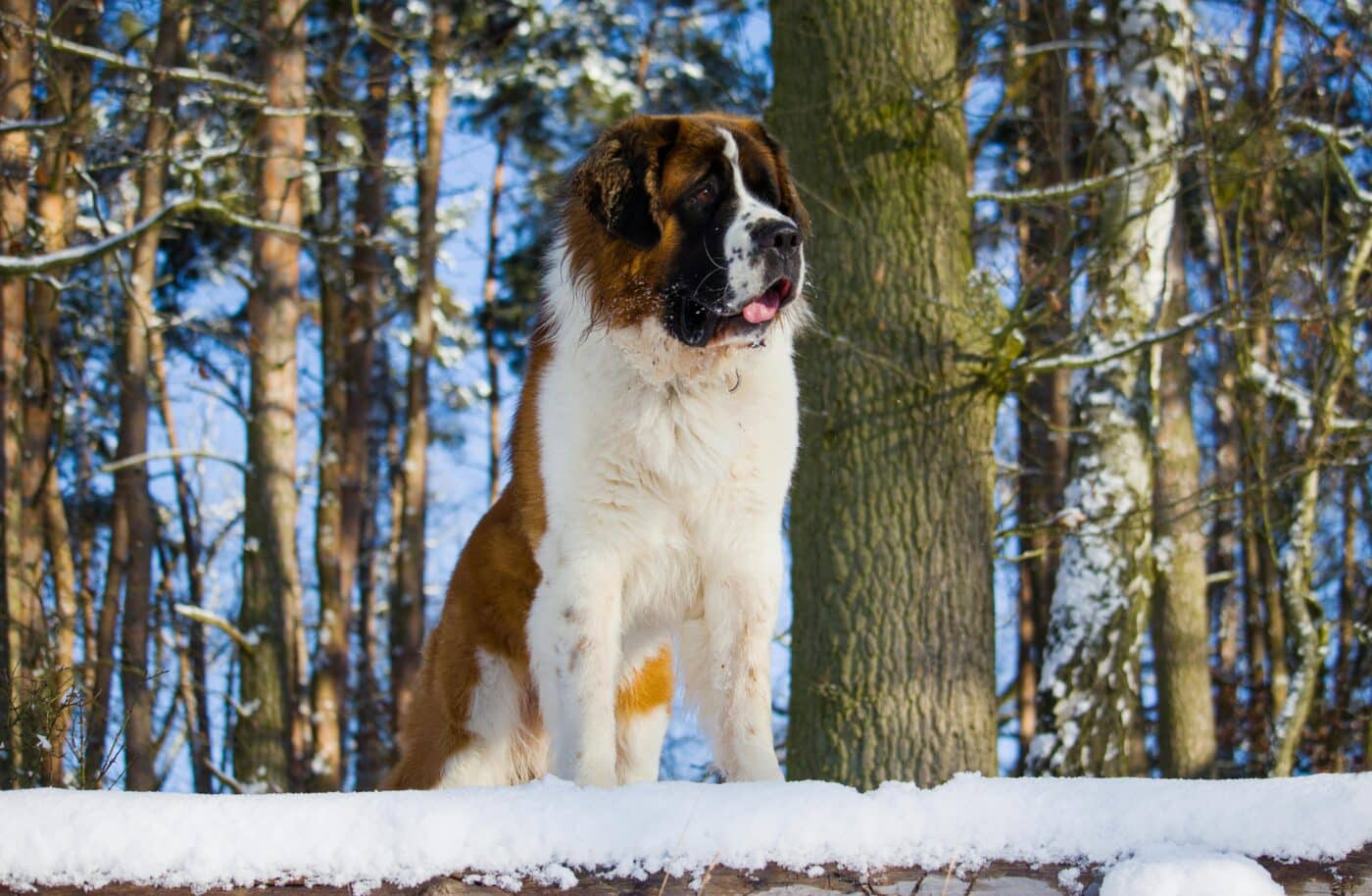 Shutterstock
Shutterstock
Saint Bernards are another breed built for cold, snowy conditions. Originally bred by monks at the Saint Bernard Hospice in the Swiss Alps, these dogs were used for rescue missions in the harsh mountainous terrain. Their massive size, thick double coats, and excellent sense of smell made them perfect for navigating deep snow and saving stranded travelers. The dense undercoat and water-resistant outer coat keep them warm in freezing temperatures, while their large, sturdy frame helps them push through heavy snow without difficulty. Though they are more commonly known for their rescue work, Saint Bernards are also gentle, affectionate companions who thrive in cooler environments. Despite their need for space and regular care, their ability to handle severe cold weather makes them one of the best dogs for harsh winter climates.
Newfoundland
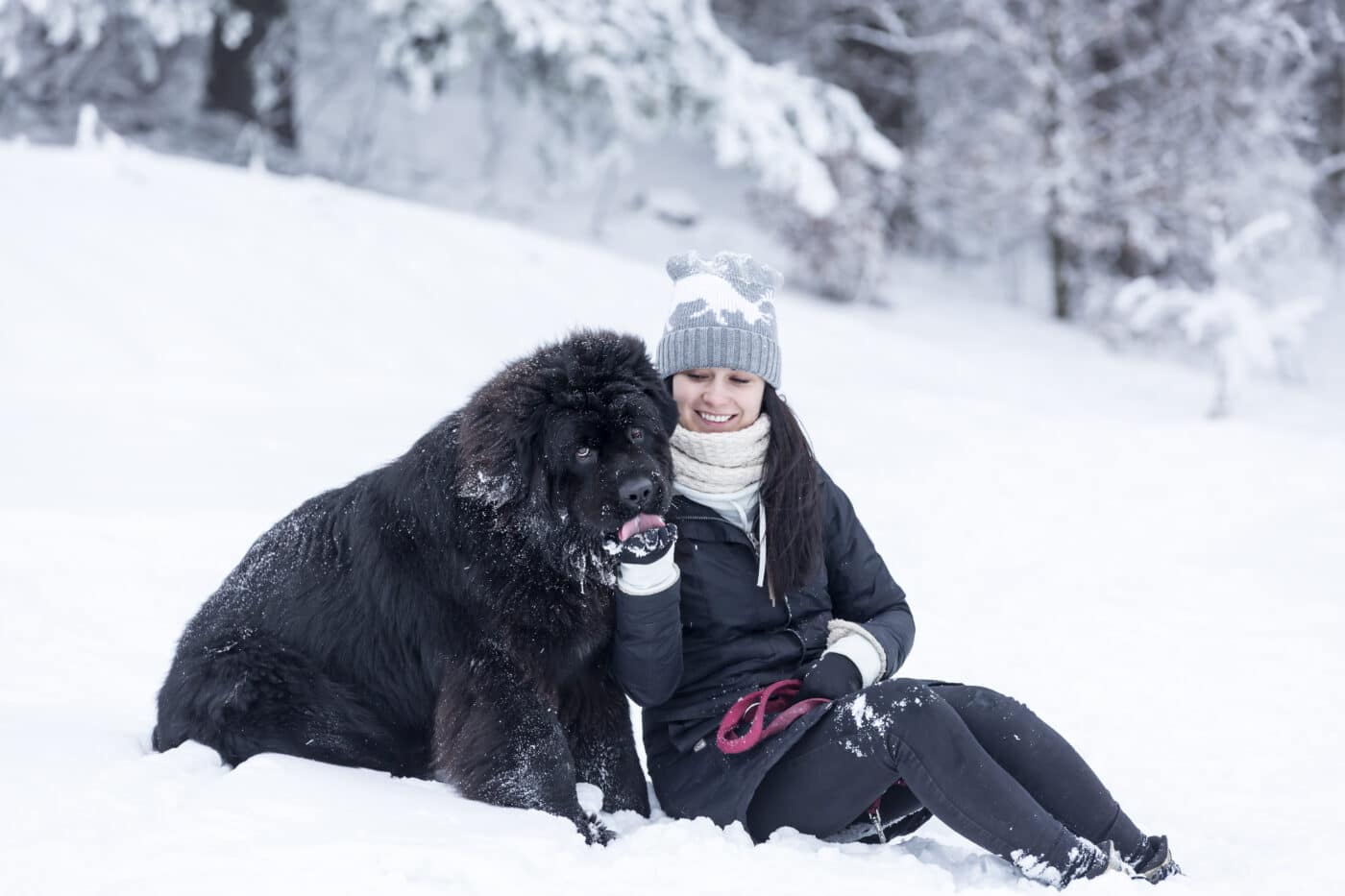 Shutterstock
Shutterstock
Newfoundlands are natural cold-weather swimmers, originally bred to work on fishing boats in the frigid waters off the coast of Newfoundland, Canada. With their thick, water-resistant coats and webbed feet, they are perfectly equipped for cold, wet environments. The breed’s thick fur insulates them against icy waters, and their muscular, sturdy build allows them to endure long periods in cold conditions. While Newfoundlands may not have the same energy levels as some other cold-weather breeds, they are incredibly resilient and enjoy being active in cooler temperatures. Whether they are swimming in icy lakes or taking long walks through snowy landscapes, their adaptability to cold, wet environments makes them an excellent companion for colder climates.
Keeshond
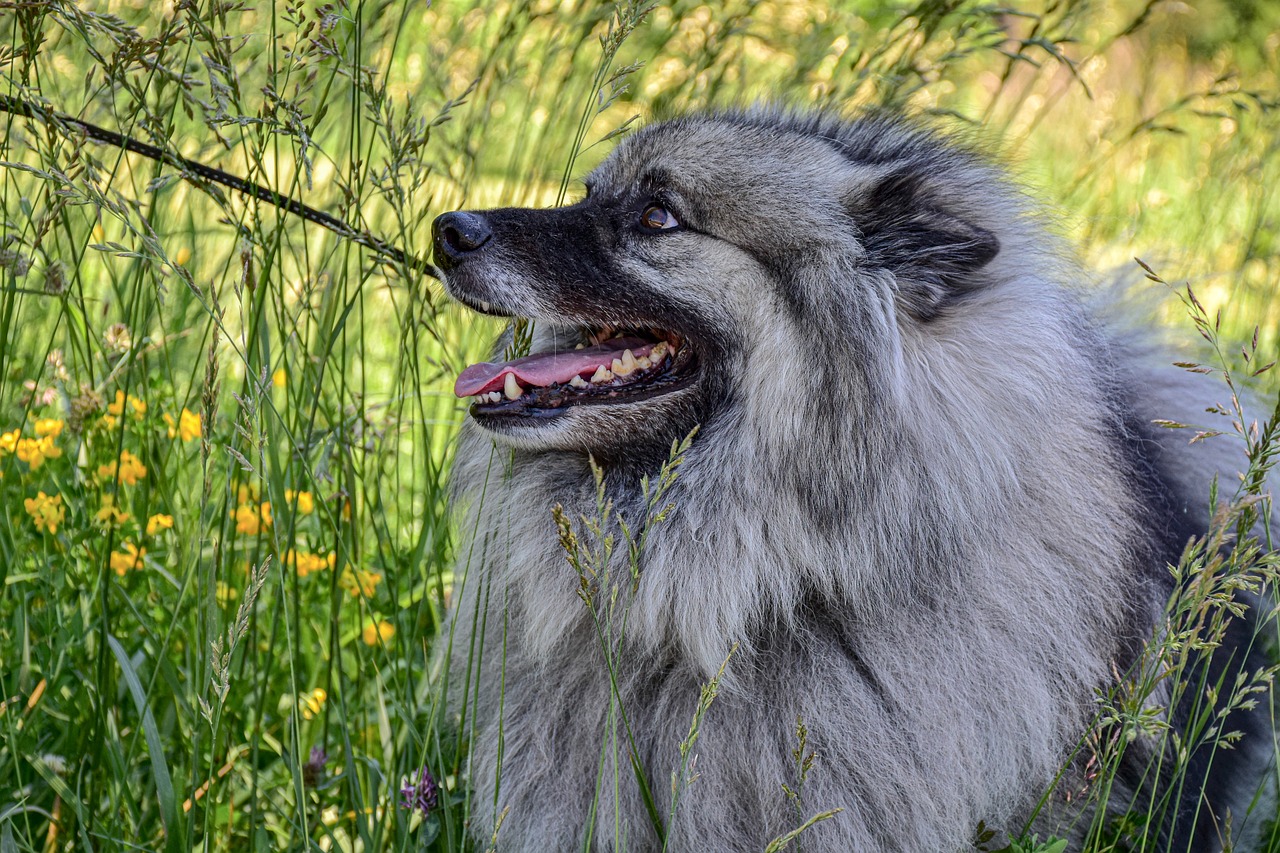 Shutterstock
Shutterstock
The Keeshond is another cold-weather breed, known for its thick, double-layered coat that helps it thrive in chilly conditions. Originally bred in the Netherlands to be a companion dog, Keeshonds were well-suited to endure cold temperatures and harsh environments. Their fluffy coats are designed to protect them from both cold air and moisture, while their energy and agility make them perfect for winter activities like running and playing in the snow. Keeshonds are known for their friendly and social personalities, making them excellent family dogs who adapt well to cold environments. Despite their need for regular grooming to maintain their thick coat, their ability to withstand the chill and their high energy levels make them an excellent choice for people living in colder regions.
Samoyed
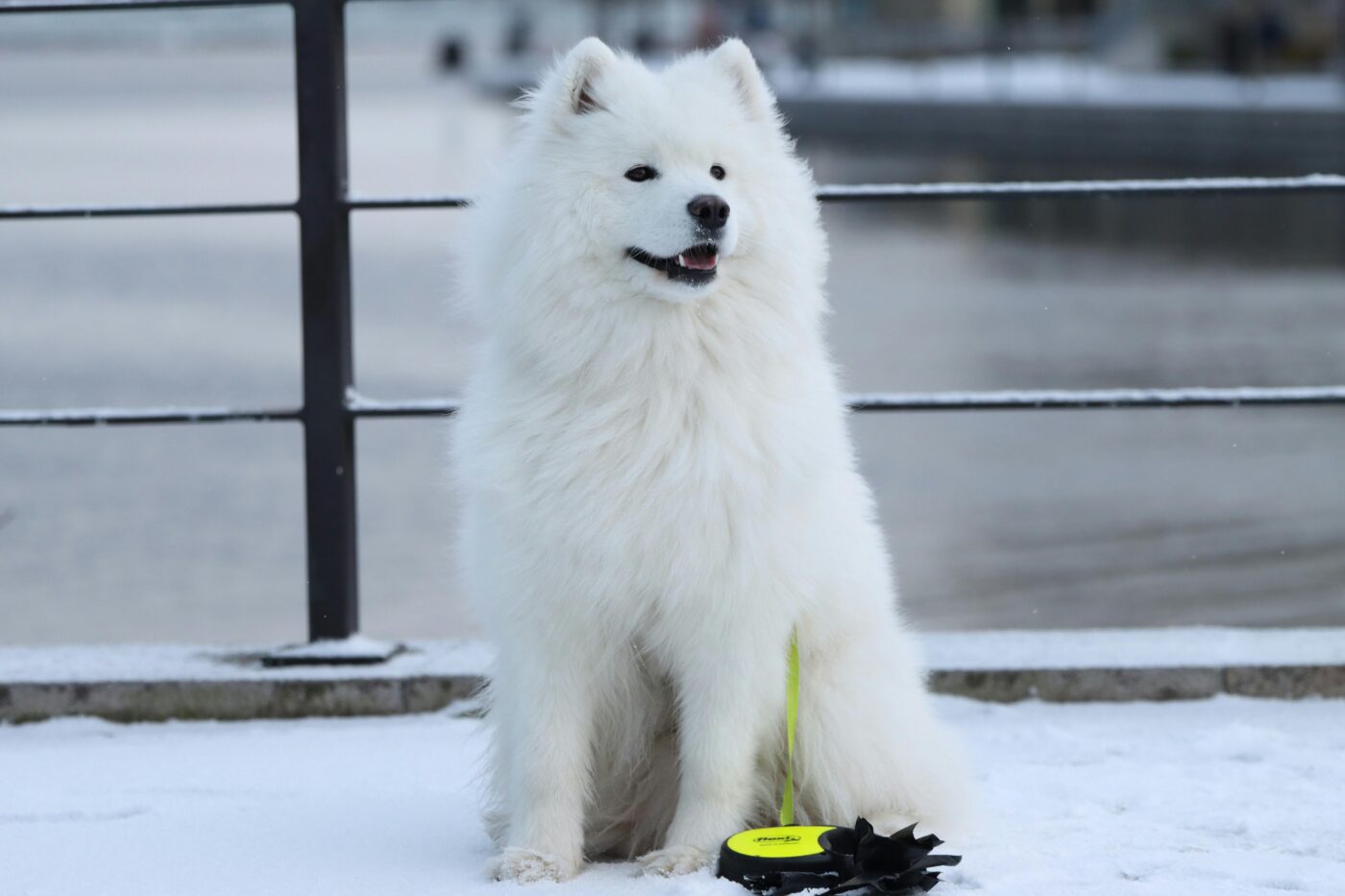 Shutterstock
Shutterstock
Samoyeds, with their stunning white coats and signature “Sammy smile,” were bred by the Siberian Samoyede people to herd reindeer and pull sleds in cold, snowy environments. Their thick, fluffy fur protects them from freezing temperatures, while their high energy levels and friendly disposition make them perfect for outdoor activities in the winter. These dogs love to play in the snow, and their thick coats allow them to stay warm even in extreme cold. While they are more commonly associated with Siberia, Samoyeds are equally comfortable in snow-covered regions elsewhere. Their sociable, playful nature and strong stamina make them an ideal cold-weather breed, capable of both enduring and enjoying cold temperatures to the fullest.
Tibetan Mastiff
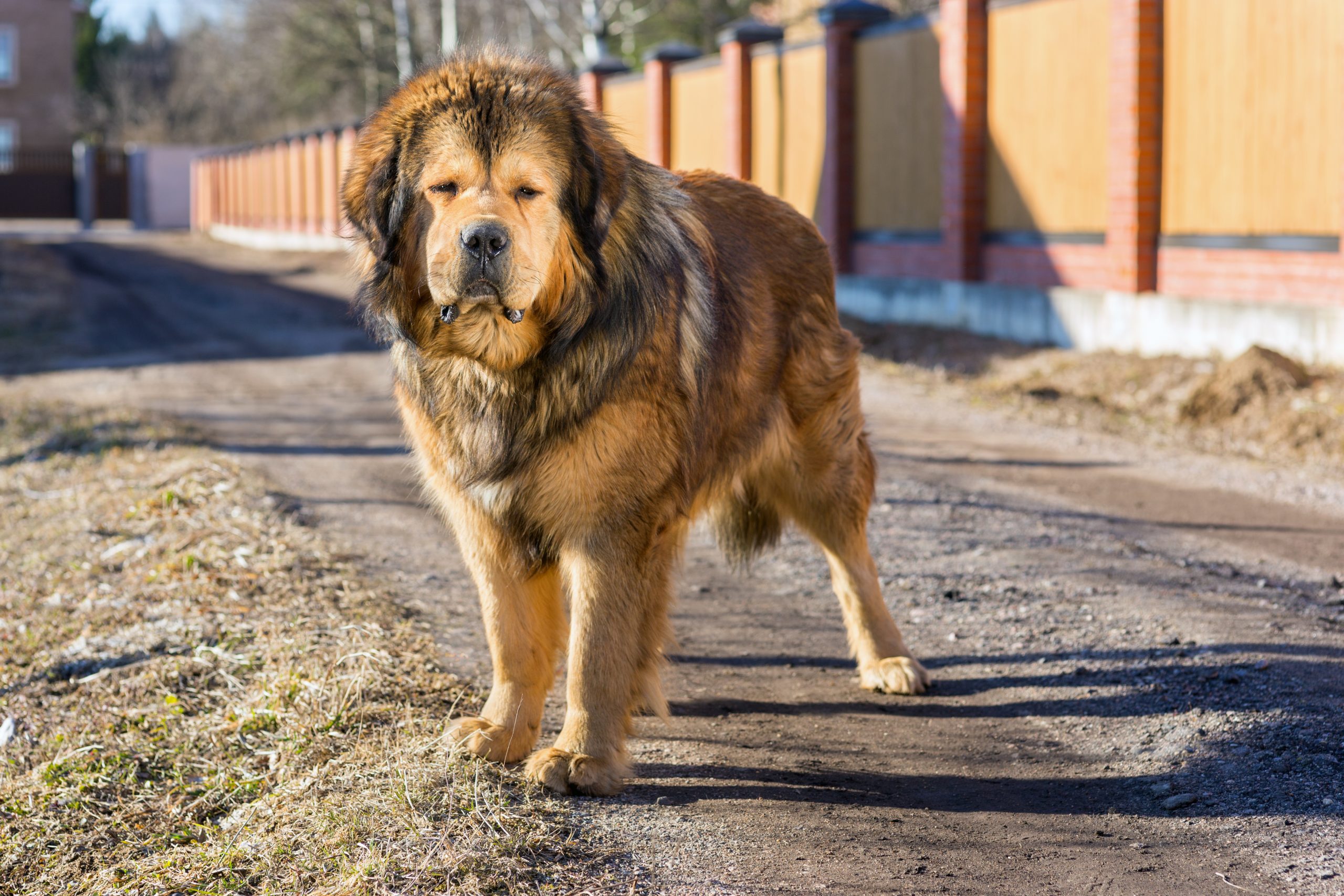 Shutterstock
Shutterstock
Tibetan Mastiffs are large, strong dogs originally bred to protect livestock in the cold, mountainous regions of Tibet. Their thick, long coats were designed to insulate them against the freezing winds and low temperatures of the Himalayas. The breed’s imposing size and protective instincts make them perfectly suited for cold, harsh environments. While Tibetan Mastiffs are known for their independence and sometimes aloof nature, they are highly resilient to the cold. Their thick coats and strong physical build allow them to withstand extreme weather, and they are often seen enduring chilly conditions without issue. Though they require plenty of space and regular grooming, their adaptability to cold weather makes them a good choice for owners in mountainous or snowy regions.
Finnish Lapphund
 Shutterstock
Shutterstock
The Finnish Lapphund is a hardy and energetic breed that thrives in cold climates. Bred by the indigenous Sámi people to herd reindeer in the Arctic, these dogs are well-suited for cold weather with their thick, insulating double coats. Their agility, intelligence, and stamina make them ideal for long hours of outdoor activity in snow-covered environments. Finnish Lapphunds are also highly social, forming strong bonds with their families and enjoying the company of other animals. They are particularly well-suited for cold, snowy regions, where their ability to handle the elements and their energetic nature allows them to excel. Regular grooming is essential, but their ability to handle extreme cold and their affectionate personality make them a great choice for cold-weather families.
Border Collie
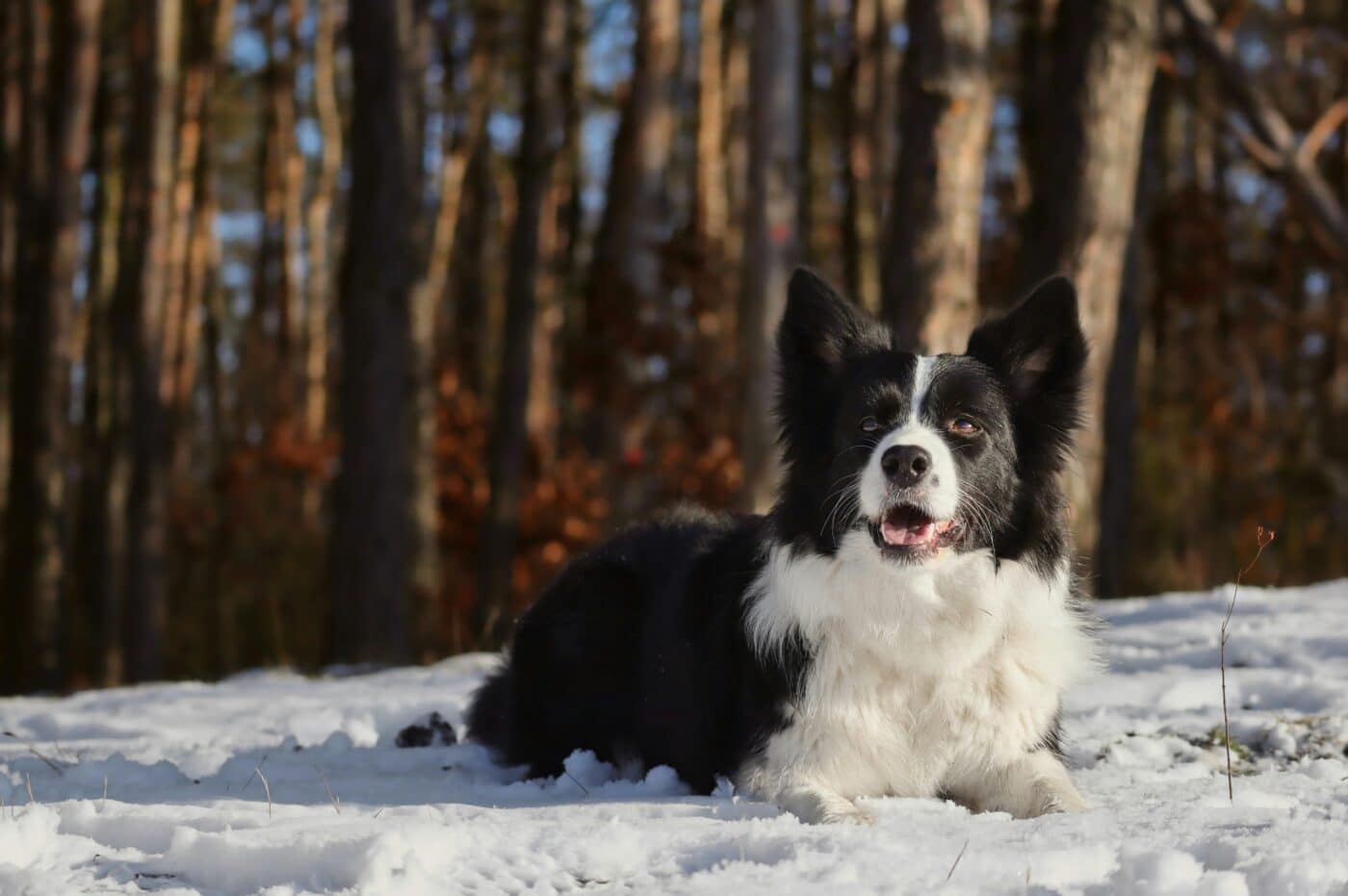 Shutterstock
Shutterstock
Border Collies may not be the first breed that comes to mind when you think of dogs that can handle cold weather, but their thick, weather-resistant coats make them well-equipped for chilly climates. Bred as working dogs, particularly for herding livestock in the rugged, cold Scottish Highlands, Border Collies are used to enduring harsh conditions. Their intelligence, agility, and boundless energy make them exceptional at navigating snowy or icy terrain while remaining focused on their tasks. While their coats are not as dense as some of the other breeds on this list, they still provide adequate protection against the cold. Border Collies thrive in environments where they can be active, and their instinct to herd makes them great companions for owners who love outdoor activities in colder climates.
Great Pyrenees
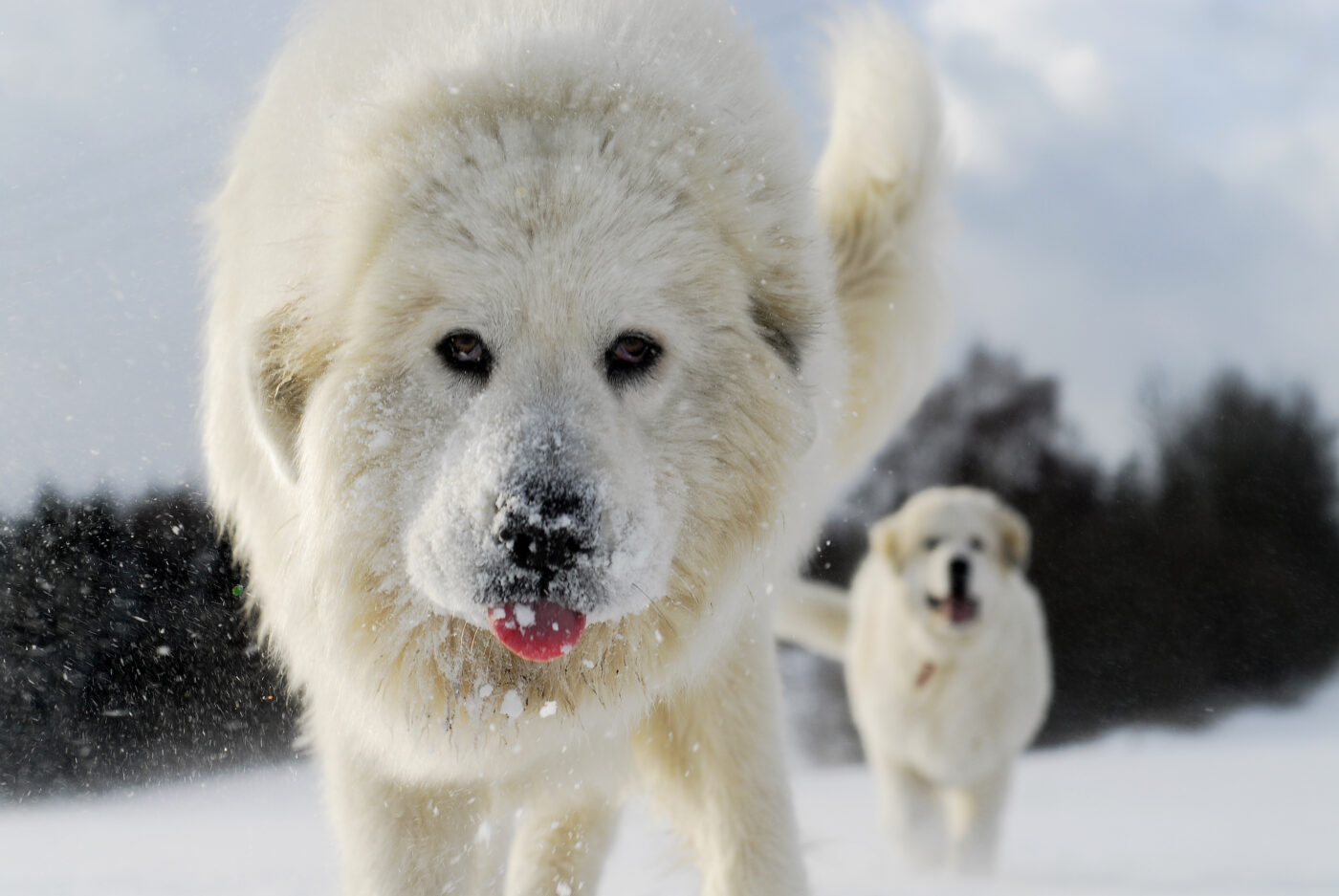 Shutterstock
Shutterstock
The Great Pyrenees is a large, majestic dog breed known for its thick, luxurious double coat that keeps it warm even in the harshest of winters. Originally bred to guard sheep in the Pyrenees Mountains, these dogs were exposed to cold, mountainous environments where their long coats acted as a natural defense against freezing temperatures and snow. Their dense fur is also incredibly effective at protecting them from wind, moisture, and other environmental elements. The great Pyrenees are known for their gentle temperament and independent nature, making them excellent guardians for livestock and families alike. They can easily handle cold weather, whether they’re working in snow or simply lounging in the frosty air. Despite their calm demeanor, their resilience to cold and snow makes them ideal for colder climates.
The Snow Patrol Squad Has Arrived
 Shutterstock
Shutterstock
When it comes to handling the cold, these breeds do it with ease—and style. Their thick coats, high endurance, and energy levels make them more than just pets; they are cold-weather specialists, ready to brave the chill with tails wagging and eyes sparkling. These breeds are born to tackle winter like champs. Just be sure to have your coat and mittens ready, because your dog will be the one leading the way through the snowdrifts. Cold weather? Bring it on—they’re built for it!

 2 weeks ago
7
2 weeks ago
7




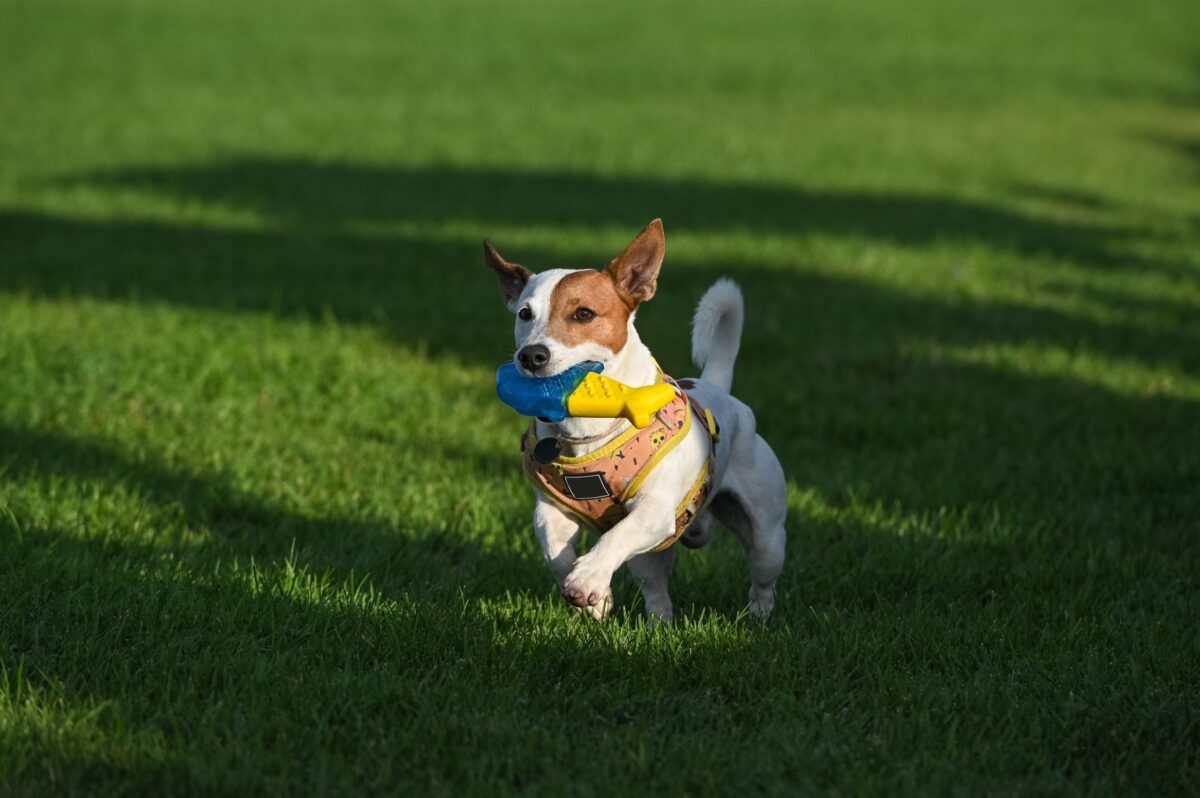


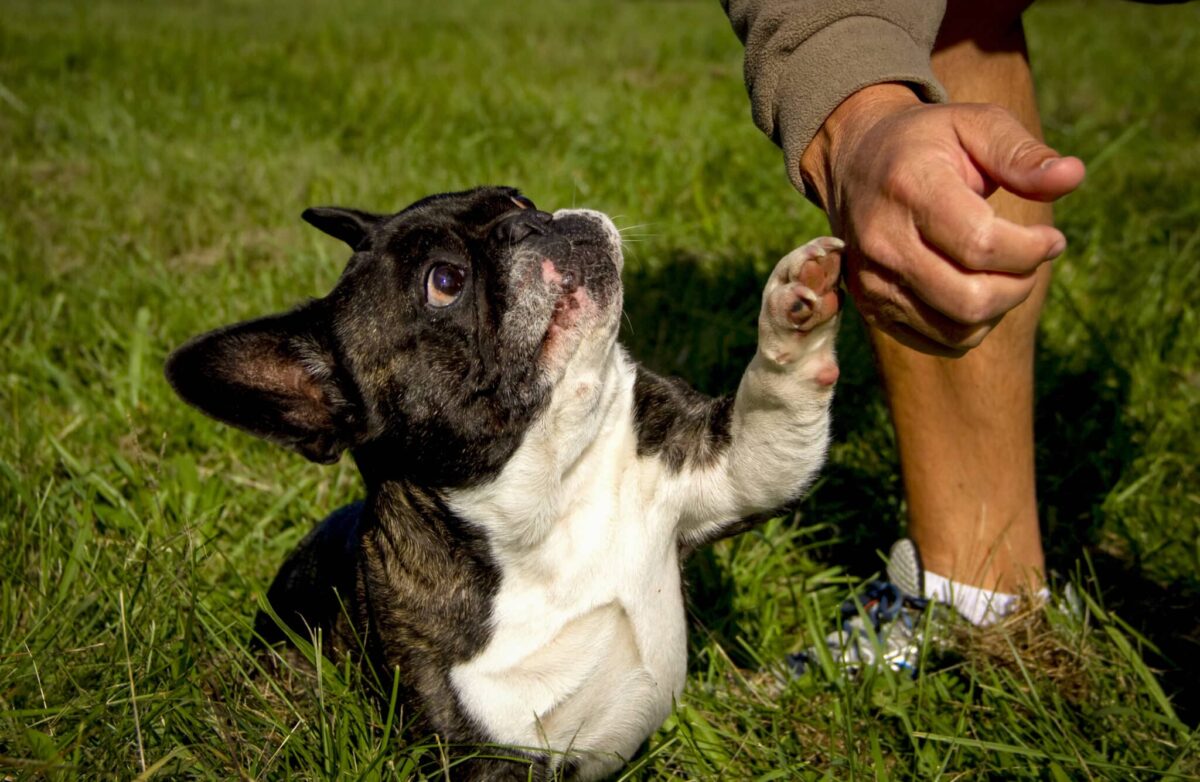








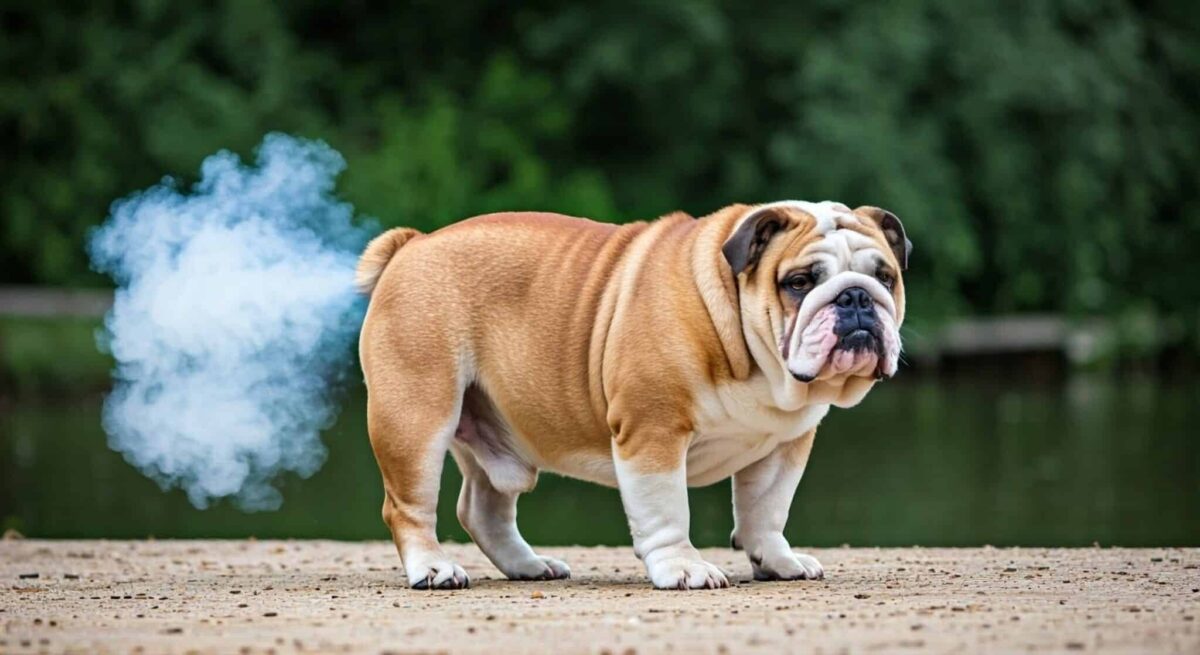

 English (US) ·
English (US) ·